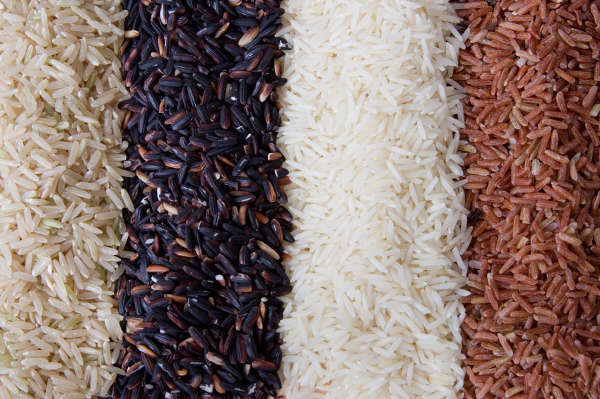A transdisciplinary group of scientists from institutions in the Philippines, Colombia, Indonesia, USA, Australia, and Japan has successfully developed rice with increased levels of iron (Fe) and zinc (Zn) through biofortification.
The study found that the genetically engineered rice has significantly increased levels of Fe (up to 15 micrograms) and Zn (up to 45.7 micrograms) per gram of polished rice that human cells can potentially absorb. Polished rice grains contain only about 2 micrograms of Fe and 16 micrograms of Zn per gram, and with limited variation in grain Fe content across the rice gene pool, conventional breeding efforts have not been successful in reaching 13 micrograms of Fe and 28 micrograms of Zn per gram of polished rice to fulfill 30% of the estimated average requirement (EAR) in humans.
The scientists used genes–nicotianamine synthase from rice and ferritin from soybean–that together produce high-micronutrient grains. They introduced the genes to the rice variety IR64, and bred these into other popular indica varieties, the most widely grown rice from South and Southeast Asia where Fe and Zn deficiencies are prevalent.












